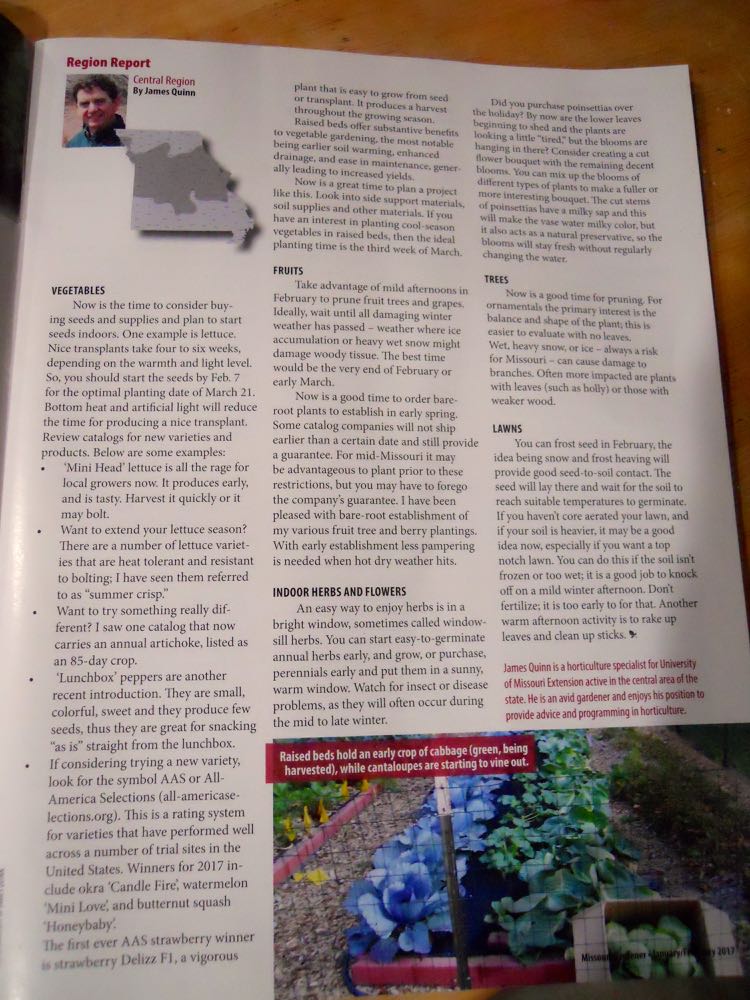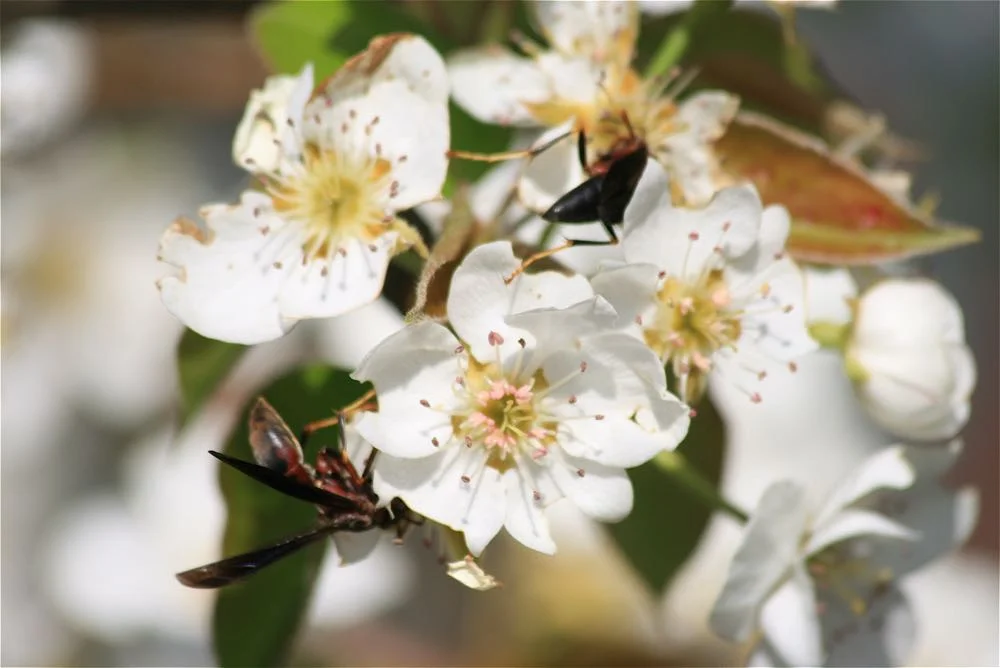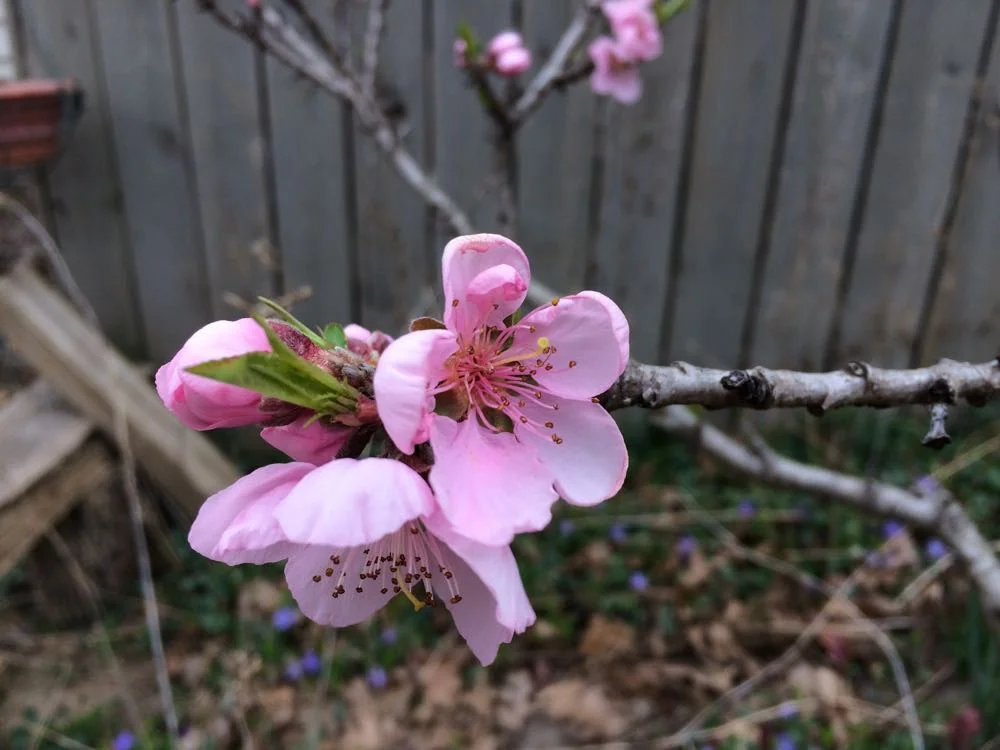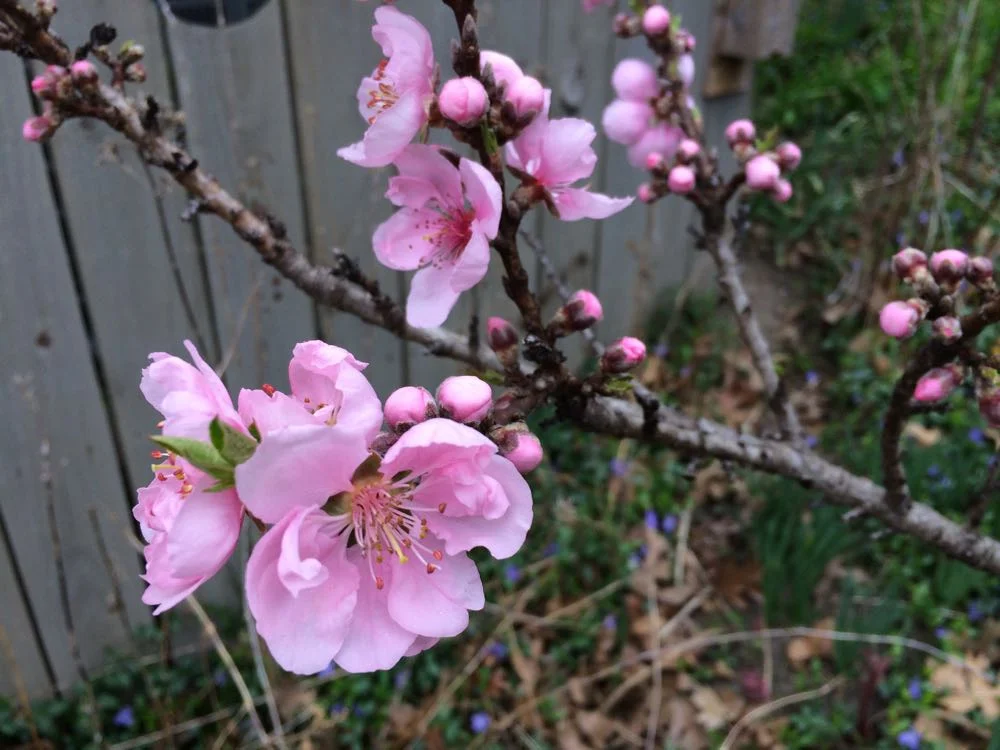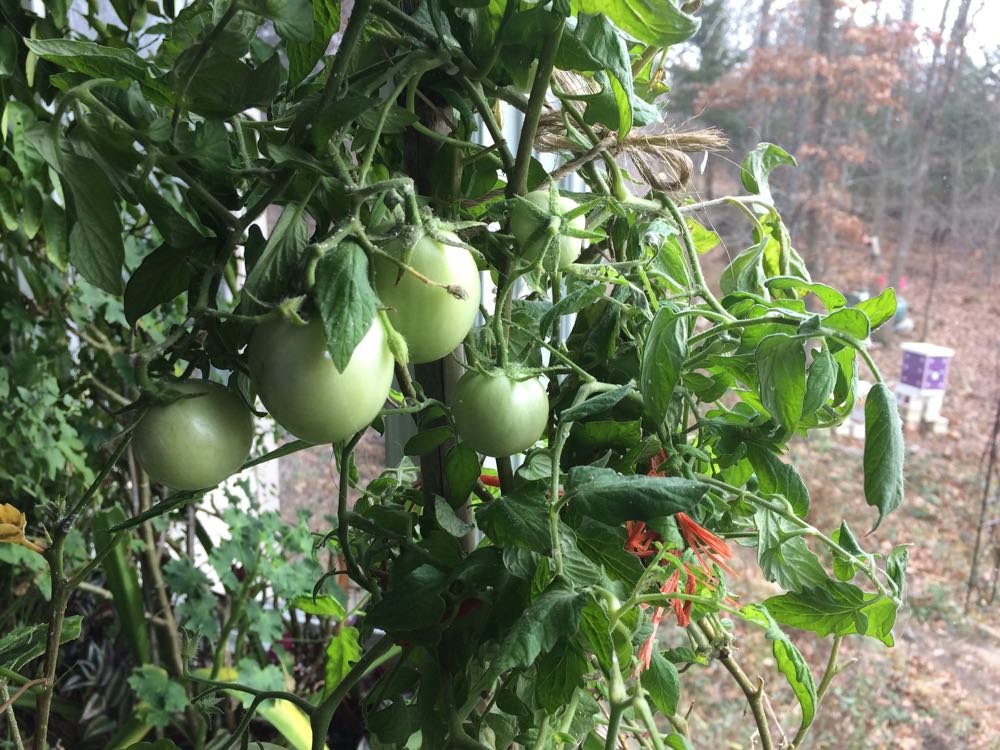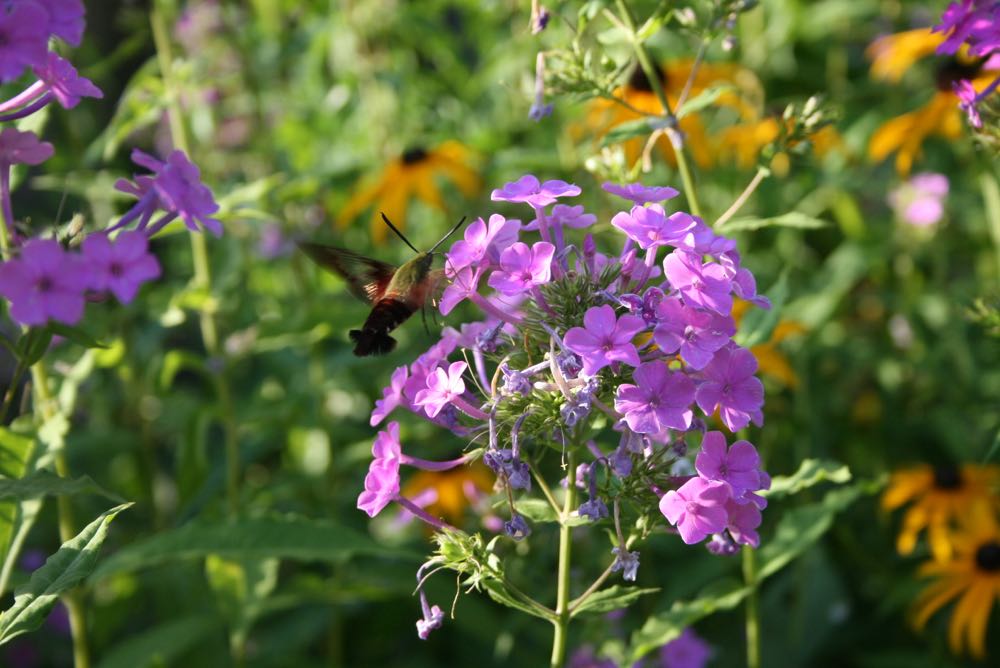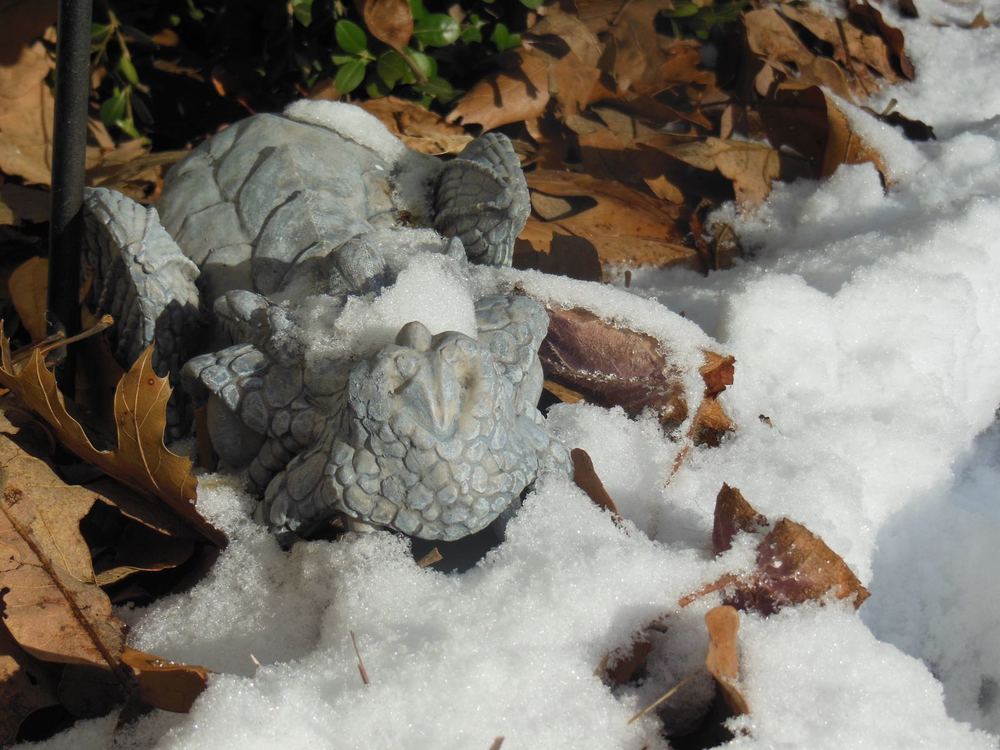January Gardening Chores
/One of my favorite native plant catalogs to order from Missouri Wildflowers Nursery.
January Gardening Chores
You bet there are gardening chores in January, it’s the one month when a gardener can sit back and do some of the most important work: dreaming and planning. Most of mid-Missouri is in USDA Hardiness Zone 5b which means the last frost is in May and the first frost around Halloween, although climate change is making spring and fall seasons longer and shortening our summers and winters.
1. If you haven’t ordered your favorite gardening catalogs, get them ordered. Look for catalogs with detailed plant descriptions and good photographs so you can use them for reference. One of my favorites is the Missouri Wildflowers Nursery catalog, it has lovely pictures with a quick guide on what growing conditions the plants require.
2. Order favorite seed catalogs. Some companies will send free catalogs if you ordered from them before; others will charge for a catalog if you are a new customers. Plant seeds locally-adapted. Baker Creek Heirloom Seeds Company is a favorite seed catalog from Mansfield, Missouri.
3. Review your garden diary from last year. If you’ve missed a few entries, add them now. Underline items you wanted to get done this year. I make a list, then decide which projects I want to tackle, I also carry over the ones I didn’t get to last year, or drop them off the master list. This is a good time to dream.
4. Identify what plants you want to add this year so you have a shopping list. Focus on adding native plants, once established they will be low care and tend to require less water than other plants.
5. Read. Whether it’s Missouri Gardener Magazine, which provides good local gardening information and gardening books, catch up on what you couldn’t get to last year. I keep a pile of gardening books from our local library’s semi-annual book sale just for snowy, cold and blustery winter days.
Remember to water new chrysanthemums so they can get strong roots established.
6. On warm days, remember to water mums planted this past year. New mums need a gallon a month to keep their roots moist their first year. Once established, mums will become perennials and deter bugs from around where they are planted.
7. Remove any broken limbs in pathways to keep walkways clear and safe.
8. Pile mulch and leaves on garden beds if they’ve been blown off by winter winds.
9. Check inside plants for any hitchhiking bugs and remove. Make sure the plants, not the bugs, are getting their sunlight needs met. If not, move the plants. Water with diluted fertilizer. Prune as necessary.
10. Drop your garden pruners and other garden tools off to get sharpened, this is a slow time of year and this will give you a head start on the season.
11. When feeding birds, add a little sand in the bird feeder mix. Birds need sand to help them digest seeds. Also ensure they have an available water source. Feed suet on cold days.
12. If you have fish in an outside pond, make sure it has a hole in the ice so fish will get oxygen.
Anything else you do for your January gardening chores?
Charlotte













